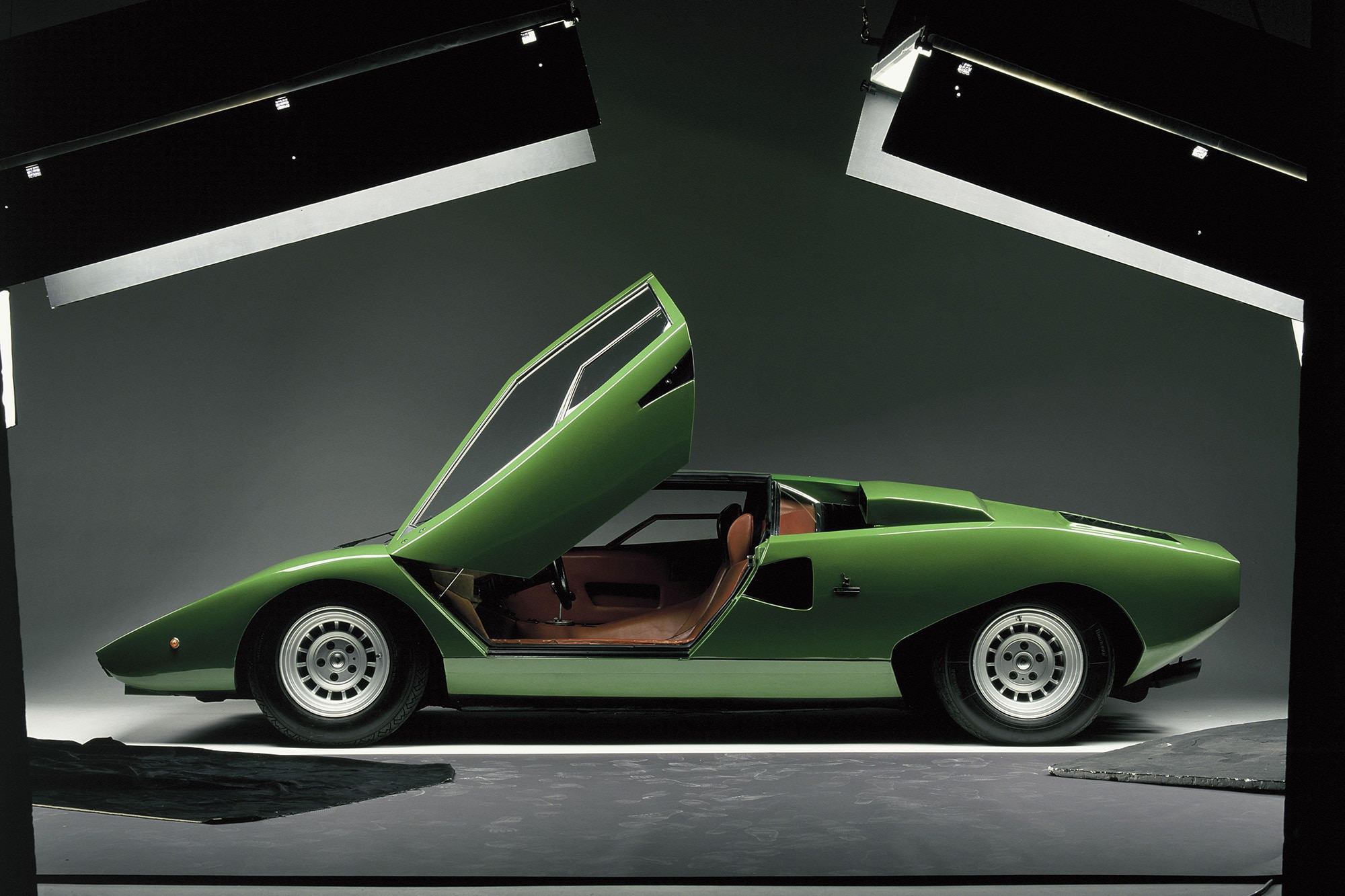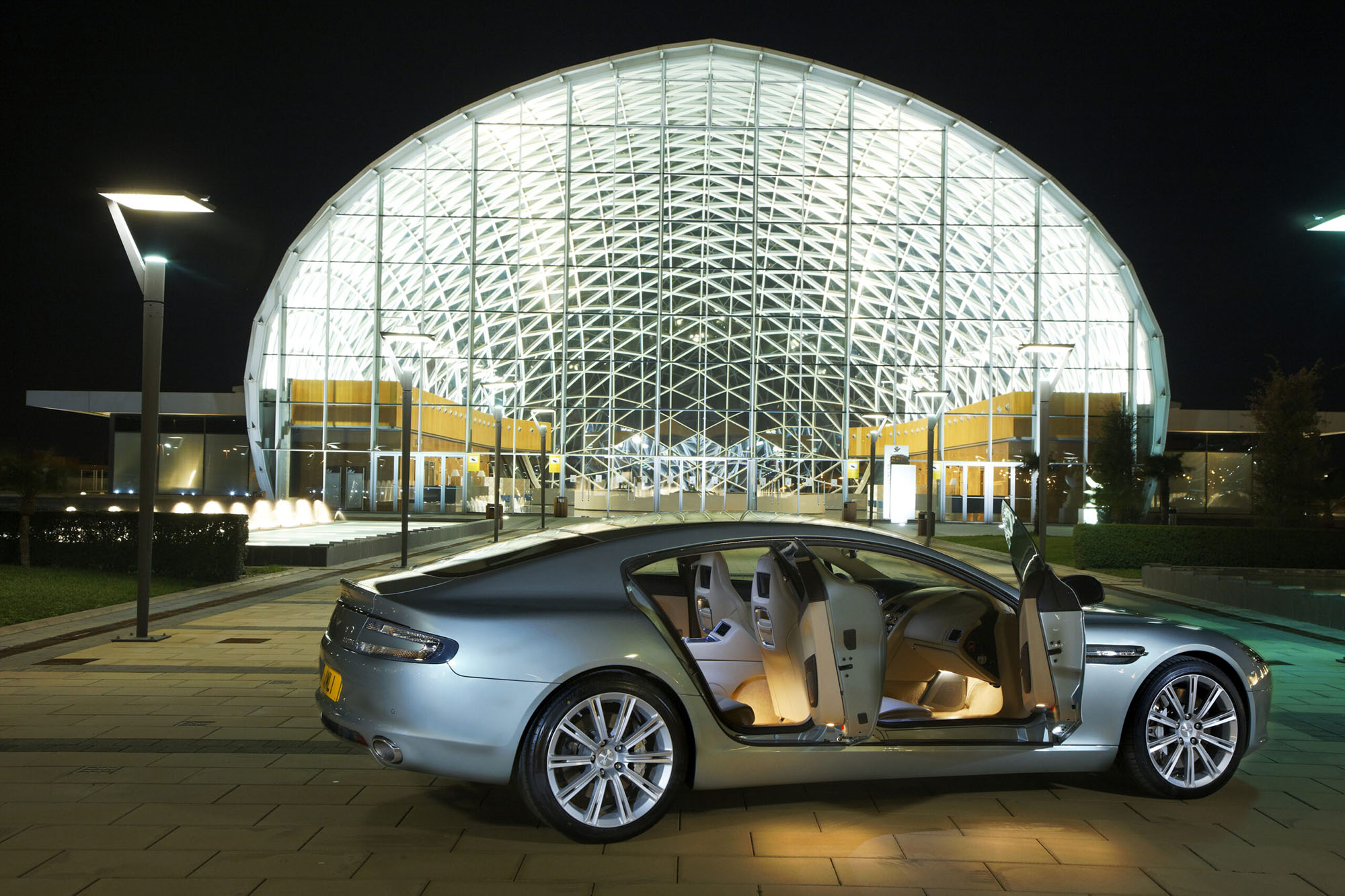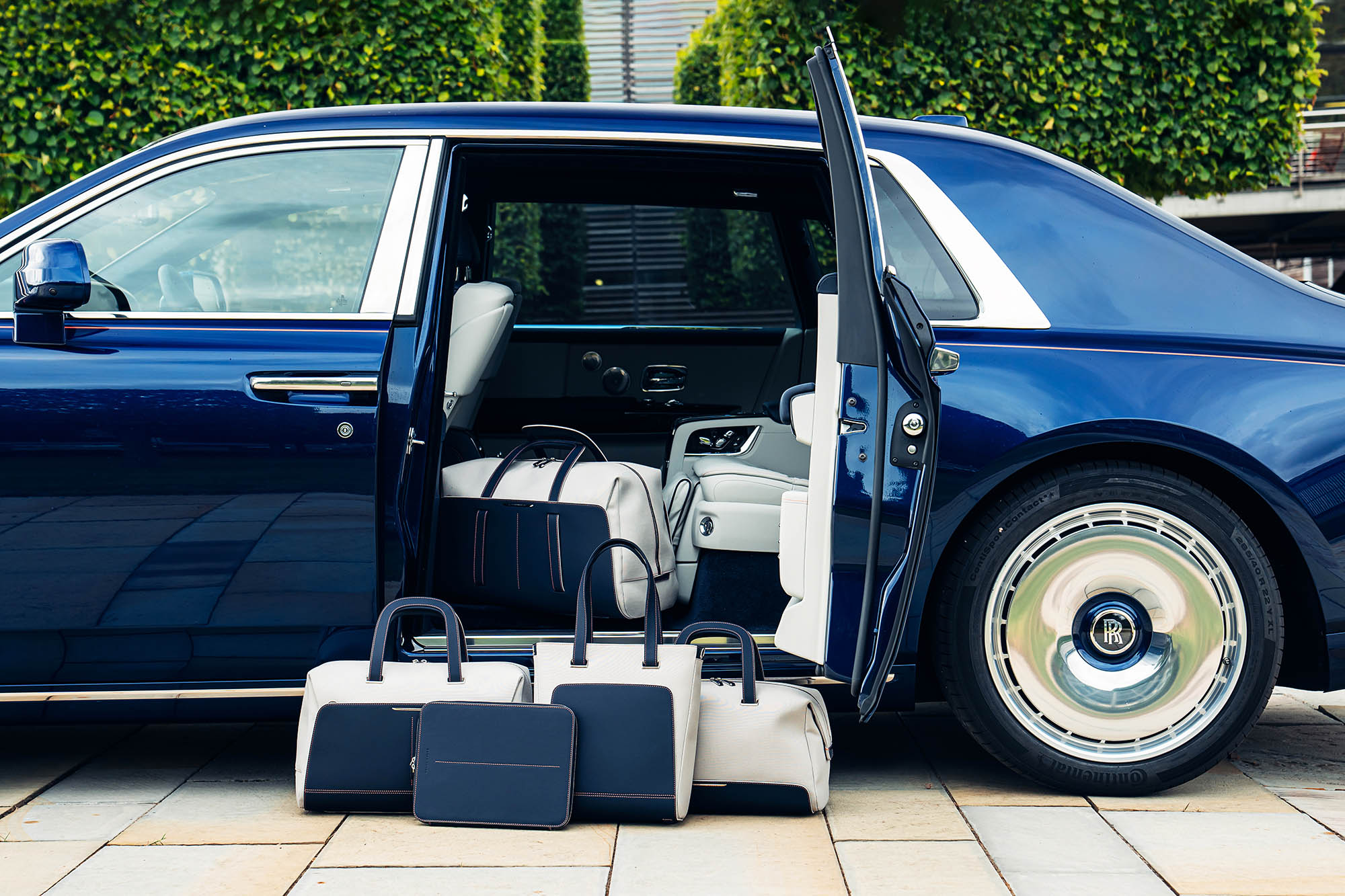The Spotter's Guide to 10 Unconventional Car Doors
Instead of swinging open the way you might expect, these doors pivot, scissor, and seem to take flight.
 Lamborghini
Lamborghini
QuickTakes:
| | | | |
In most vehicles, simply opening the doors doesn't warrant much attention. Some automakers, however, have experimented with less conventional door designs — bringing to mind gulls, falcons, or giant scissors, to name a few visual comparisons.
These stylistic deviations were born of packaging constraints, safety concerns, or simply a desire to surprise and delight. Here's a look at 10 of the more unusual door designs in automotive history.
 Lamborghini
Lamborghini
Scissor Doors
Scissor doors swing up instead of out, as conventional doors do. They're easier to open in tight spaces, allowing the driver to lean out of the car while backing up to see what's behind. This was a big deal when Lamborghini became the first company to launch a production car equipped with scissor doors — its Countach supercar in 1974 — because the vehicle offered very poor rear visibility.
Some of the styling cues that characterized the Countach's head-turning design had previously appeared on concept cars. Its scissor doors were no exception, as seen on the Alfa Romeo Carabo concept unveiled in 1968. Car designer Marcello Gandini drew both models.
The original groundbreaking Countach underwent several evolutions until it retired in 1990, but the recently unveiled Revuelto keeps the scissor doors alive.
 Lamborghini
Lamborghini
Aftermarket Scissor Doors
As Lamborghini's flagship models evolved into status symbols, the list of aftermarket companies offering scissor-door conversion kits grew as well. Several companies sold kits of so-called Lambo doors that were intended to give vehicles from other automakers a Lamborghini-like vibe.
The company Vertical Doors still sells kits today that start at about $2,000 for hundreds of vehicles — ranging from the Chevrolet HHR to the Toyota Highlander.
 Mercedes-Benz
Mercedes-Benz
Gullwing Doors
Top-hinged gullwing doors first appeared on a proper production model when Mercedes-Benz released the 300 SL sports car, a two-door coupe, in 1954. The vehicle's layout positioned the doorsills higher than on a conventional car, so it would have been difficult to get into with side-hinged doors. Fitting doors that hinged in the roof solved that problem.
Production of the 300 SL ended in 1957, but gullwing doors returned in the 2010 SLS AMG coupe. They also appeared on non-Mercedes vehicles, such as the Bricklin SV-1 in 1974 and the DeLorean DMC-12 in 1981.
 Tesla
Tesla
Falcon Wing Doors
Tesla fine-tuned the gullwing door design and in 2015 introduced a version called Falcon Doors on its Model X. While the battery-electric SUV features conventional front-hinged front doors, the rear passengers enter the cabin through a pair of power-operated Falcon Doors that use roof-mounted hinges to open up and out. This design provides unobstructed access to the rear seats, even in tight parking spaces.
 Maserati
Maserati
Butterfly Doors
Sometimes called dihedral doors, butterfly doors are similar to scissor doors, but they swing out at an angle as they move up to make the cabin more accessible. They trickled down to street-legal cars from the world of competition, and they're still fitted to race cars such as the prototype-class models built for the 24 Hours of Le Mans.
The small, futuristic-looking Toyota Sera coupe released in 1990 on the Japanese market was one of the first series-produced models equipped with butterfly doors. This style of door also appeared on supercars such as the McLaren F1 released in 1992, the 2002 Ferrari Enzo, and the Maserati MC20 unveiled in 2020.
 Aston Martin
Aston Martin
Swan Doors
Swan doors occupy the middle ground between conventional and butterfly doors. They're side hinged but rise slightly as they open to clear curbs and other obstacles. Aston Martin fitted swan doors to the DB9 coupe, released for 2004. They tilted up at a 12-degree angle.
Several other Aston Martin models have used this door design since, including the 2010 Rapide four-door sedan and the current 2024 DB12 coupe.
 BMW
BMW
Sliding Doors
While minivans have normalized doors that slide horizontally, the two doors of the BMW Z1 convertible, released in the late 1980s, moved vertically. A motor-driven belt allows the door panel to slide up and down into the doorsill.
Also adding to the illusion that the Z1 had no doors, the windows automatically lower as the doors slide down to let the passengers hop in, and then go back up at the same time as the doors.
As a 90-degree twist on the Z1 solution, the short-lived Kaiser Darrin, built only for the 1954 model year, used doors that slid forward into the body.
 BMW
BMW
Front-Mounted Door
The Z1's sliding doors weren't BMW's first foray into the world of unusual vehicle openings. The automaker in the 1950s purchased a license to build the Isetta bubble car from Italian carmaker Iso Rivolta and made several changes to the two-seater before bringing it to production.
The process of getting in, however, didn't change. Passengers needed to open a massive door that doubled as the full front end of the car. The steering column was attached to the door and swung out.
 Rolls-Royce
Rolls-Royce
Coach Doors
Once common on anything from an economy car to a luxurious limousine, coach doors these days are mostly consigned to the pantheon of automotive history, due in part to safety concerns that emerged in the 1960s.
In an era where locks weren't as robust, these rear-hinged doors had a tendency to catch the wind while the car was moving and fly open. Given that seatbelts weren't federally mandated until 1968, this proved a serious safety hazard, and coach doors became popularly referred to as suicide doors.
Generally marketed as a sign of elegance in the 21st century, coach doors were reintroduced on the 2003 Rolls-Royce Phantom VII and made a brief comeback in the Lincoln range on the Continental Coach Door Edition in the late 2000s. The Rolls-Royce Spectre coupe features rear-hinged doors, while the Ghost, the Phantom, and the Cullinan use a pair of rear-hinged rear doors.
 Koenigsegg
Koenigsegg
Pivoting Doors
Koenigsegg founder Christian von Koenigsegg sought to improve Lamborghini's scissor doors as he developed the CC8S, his company's first production car. Built between 2002 and 2003, the V8-powered supercar featured doors that open by pivoting at a 90-degree angle. This design continues on current Koenigsegg models, including the Gemera.



